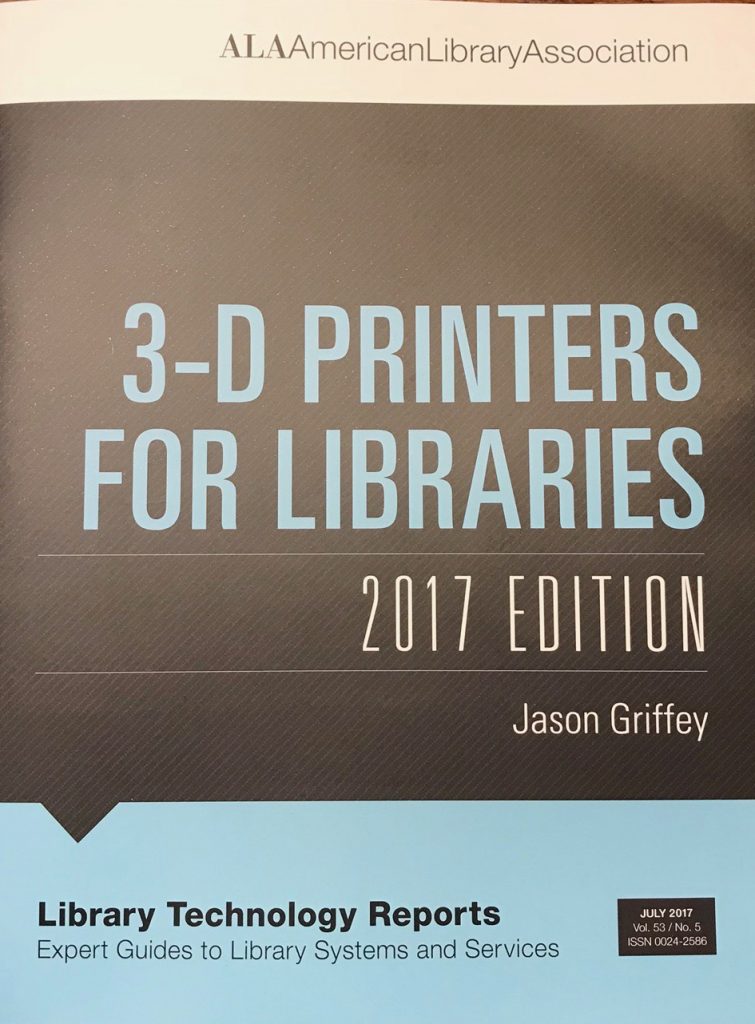I’ve got a few things going on this Spring that I felt I should promote here on the blog, just to tie together some interesting content that people might be interested in. So here’s a quick look at what I’m either doing or working on over the next few months.
This coming Monday, April 16th, I will be speaking at the Southern Illinois University LIS Spring Symposium about the Post-PC Era, which should be a lot of fun. I’m always excited to meet with new librarians, so this should be fun.
Coming sometime this month is Gadgets & Gizmos II: Libraries and the Post-PC Era (link forthcoming), a Library Technology Report from ALA TechSource that is a followup to my 2010 LTR on Gadgets and Personal Electronics. In it, I take a look at how the world of personal electronics has changed in two years (TL;DR version: A LOT) as well as some new tech that libraries are either just starting to implement (3D printing) and some trends that I see coming in the next couple of years (health and other personal data tracking, drones).
The thing that I am maybe most excited about is that this is the first Library Technology Report that will be Creative Commons Licensed. It will be published under a Creative Commons Attribution-NonCommercial license, which is a big experiment for ALA publishing. I intentionally asked to allow derivatives, because I’m very curious what might spring from that. I’m also very interested in how a CC license will effect sales of the LTR…most LTRs rely on subscription sales for the vast majority of their volume, but I wanted to try to reach as many people as possible. But it still makes ALA Publishing a bit nervous, I think, to have the CC on it, at least if you judge from the amount of time it took to get it ok’d.
And then finally, I’ll be doing a webinar for Techsource based on that very same tech report, a 2 day online workshop on May 10th and 24th titled “Gadgets in the Library: A Practical Guide to Personal Electronics for Librarians“. The workshop is going to be a great mix of practical advice for the management of tablets and eReaders (and other personal electronics…leave a comment if you want me to cover something specific!) and a look at some of the newly-affordable hardware coming down the road in the next year or so.
In June I’ll be attending the ALA Annual Conference in Anaheim, and will be meeting with various LITA groups, as well as the Library BoingBoing/LibraryLab Members group. I’m also hoping to catch up with the LITA CodeYear IG, which has some cool things starting to come together. Exciting stuff happening at Annual, I hope you’ll come join me!



